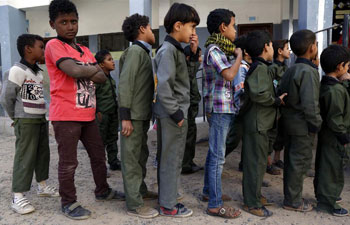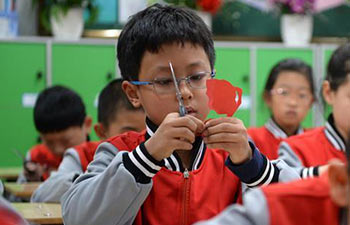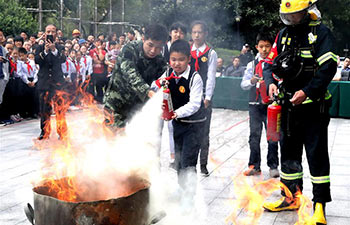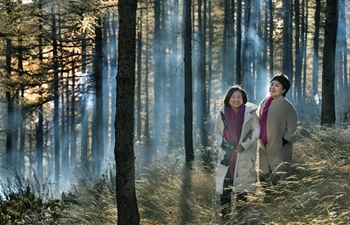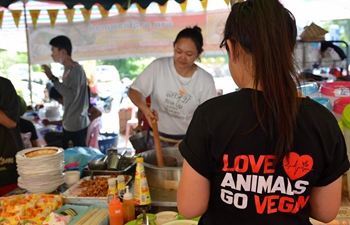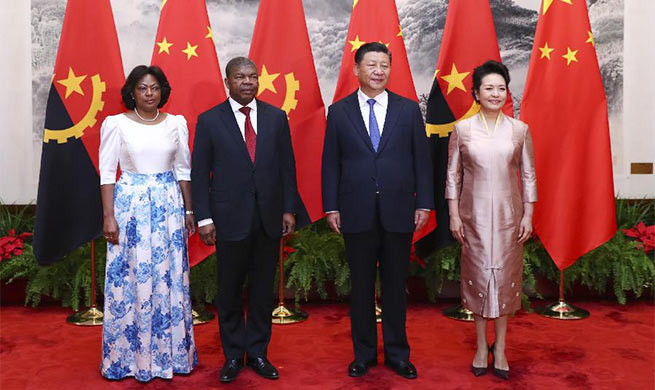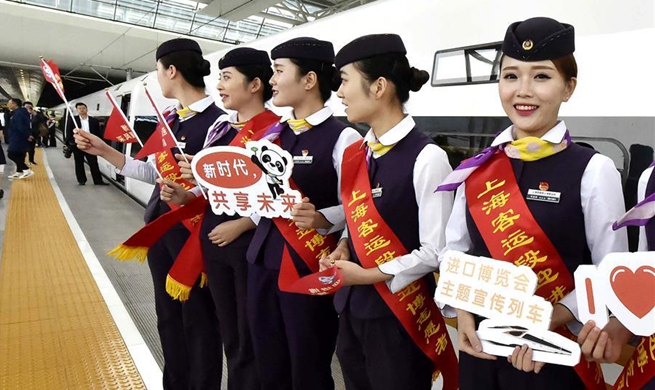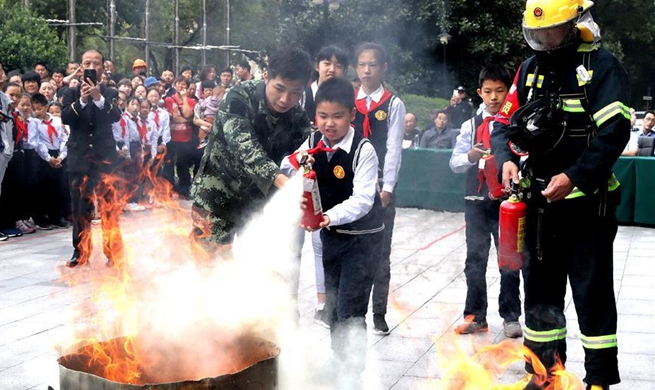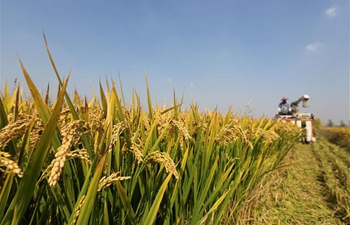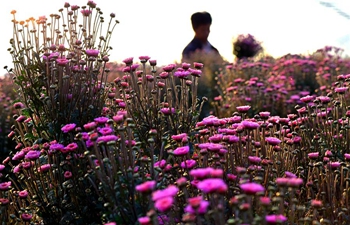NEW YORK, Oct. 10 (Xinhua) -- With a book of historical stories, documentary episodes, various upcoming gatherings and seminars, the American Chinese community in Flushing in northeast New York City marks the 373rd anniversary of the town's establishment.
Flushing was founded on the eastern bank of Flushing Creek as a part of the New Netherlands colony on Oct. 10, 1645. Official census in 2010 said that there were over 72,000 people living in this area. Currently, media reports put the regional population well above 100,000, with 70 percent of them Asians, among whom 70 percent are of Chinese origin.
"Downtown Flushing's appeal as a residential neighborhood lies in its concentration of Asian life and culture. While Chinese predominate, there is a sizable Korean community, with its businesses centered around Union Street," Vera Haller, professor at Weissman School of Arts and Sciences of Baruch College, once wrote for the New York Times.
BOOK AND VIDEO EPISODES
A book titled Flushing Stories and an eponymous 10-episode video program were recently unveiled as part of the local American Chinese community's hurrah for the town's splendor and long history since the 17th century.
Qiu Xinye, who ran the city's public library in Flushing, told The China Press, one of the United States' major daily newspaper published in Mandarin, that the book was published in Mandarin in order to help the American Chinese to know more about this locality.
Several dozens of books had been printed about Flushing in English, which were less awe-inspiring than the current one; the new book was aimed to enable the readers to raise more respect for and pride of the community where they live, he added.
Qiu contributed a lot to writing the book and producing the video series. Another book, Flushing Legends, was high on his agenda. It has taken him two years to complete and will get published later this year.
At the ceremony, New York City Councilman Peter Koo said that some residents in Flushing knew little about the far-reaching history of this fastest developing community of Chinese immigrants, which was why the book and the episodes were needed.
New York State Senator Toby Stavisky told the participants that the residents themselves had brought vigor to Flushing which was a place deep in hopes and chances.
COMMERCIAL AND DEMOGRAPHIC ALLURE
Over 300 years into the history, downtown Flushing is now particularly known for its restaurants, bakeries and Asian specialty stores and its easy transportation to Manhattan.
"The neighborhood has the feel of an Asian city. During the morning rush hour, hawkers sell Chinese-language newspapers to commuters heading to the No. 7 train. Colorful fruit and vegetable displays add to the area's character," wrote Vera Haller.
A five- to six-block radius around the intersection of Main Street and Roosevelt Avenue is currently the eye of commerce for Flushing. Each square foot of office space close to the Metro station can now fetch more than 200 U.S. dollars a year for its owner.
Flushing's commercial magic was illustrated by figures: each year from 2000 to 2011 its population went up 2 percent, number of enterprises 4 percent and income per capita 9 percent, according to The China Press.
As history had it, Flushing was first inhabited by the Dutch in the 1600s, then joined by the British and the Italian during the 1700s, the Jewish in 1800s, the Puerto Ricans in 1960s, and then the Chinese and the South Koreans from 1970s to 1980s.
During the 1970s, Cantonese immigrants had vastly dominated Chinese immigration to New York City; during the same period, a Chinese community gained their foothold in the neighborhood of Flushing.
There are currently three major American Chinese communities in New York City, with the other two located in Manhattan and Brooklyn. As years went on, Flushing has grown into the biggest Chinatown in the city, and one of the biggest in the United States.
In addition to the town's flourishing Asian culture, diversified Chinese immigrant populations have brought with them their own regional cuisines, making Flushing a "Food Mecca" for people who love Chinese food.
